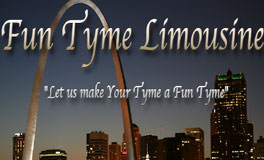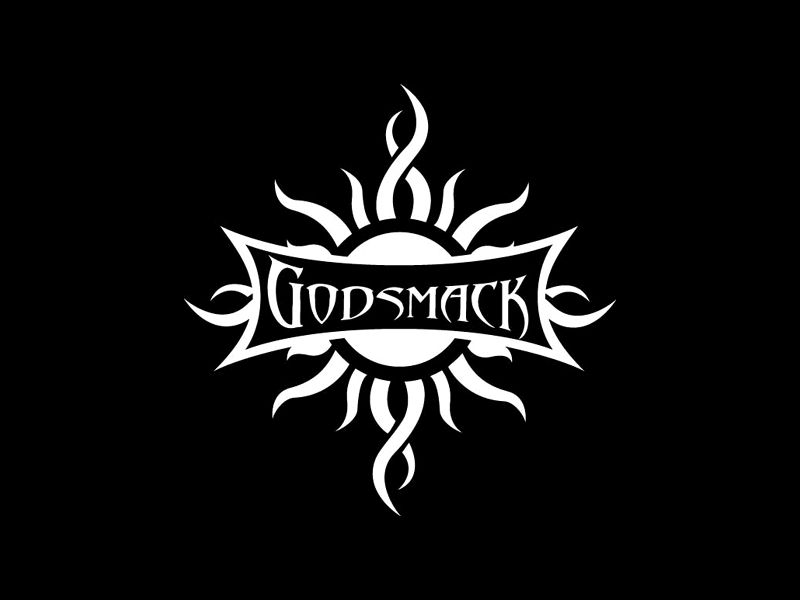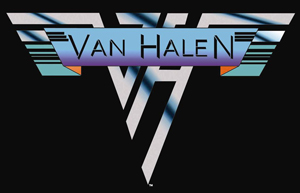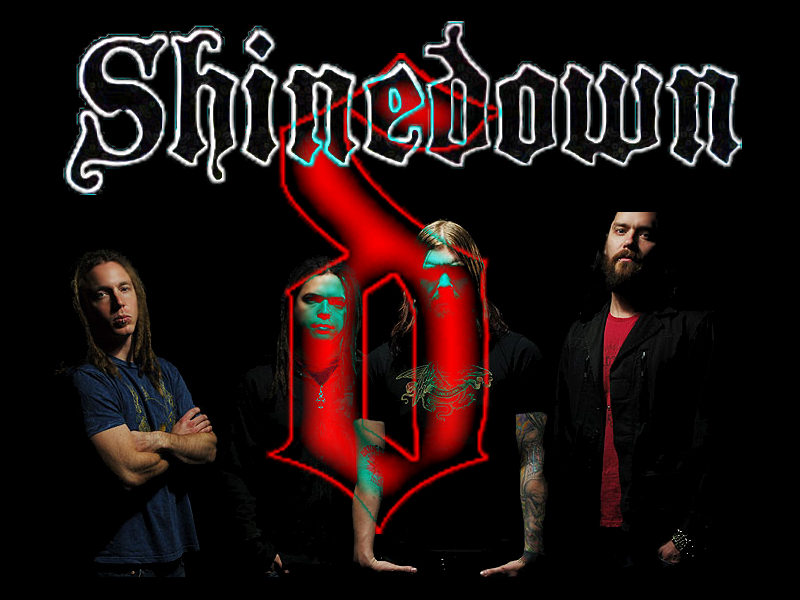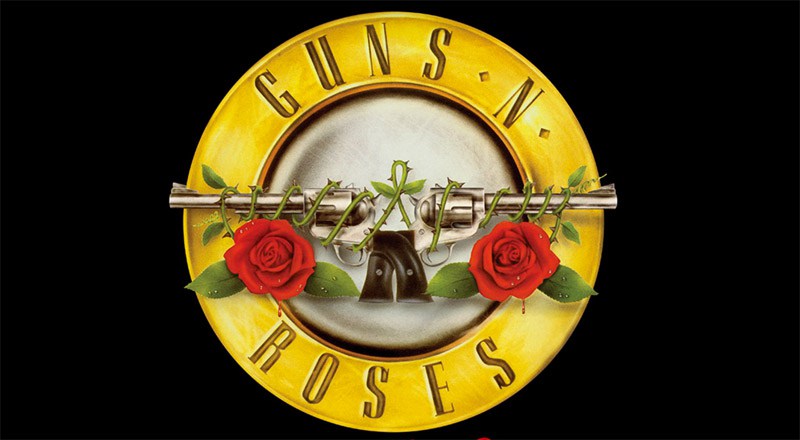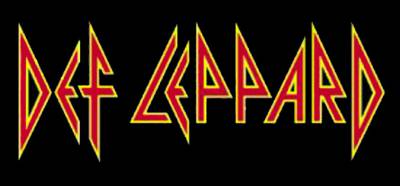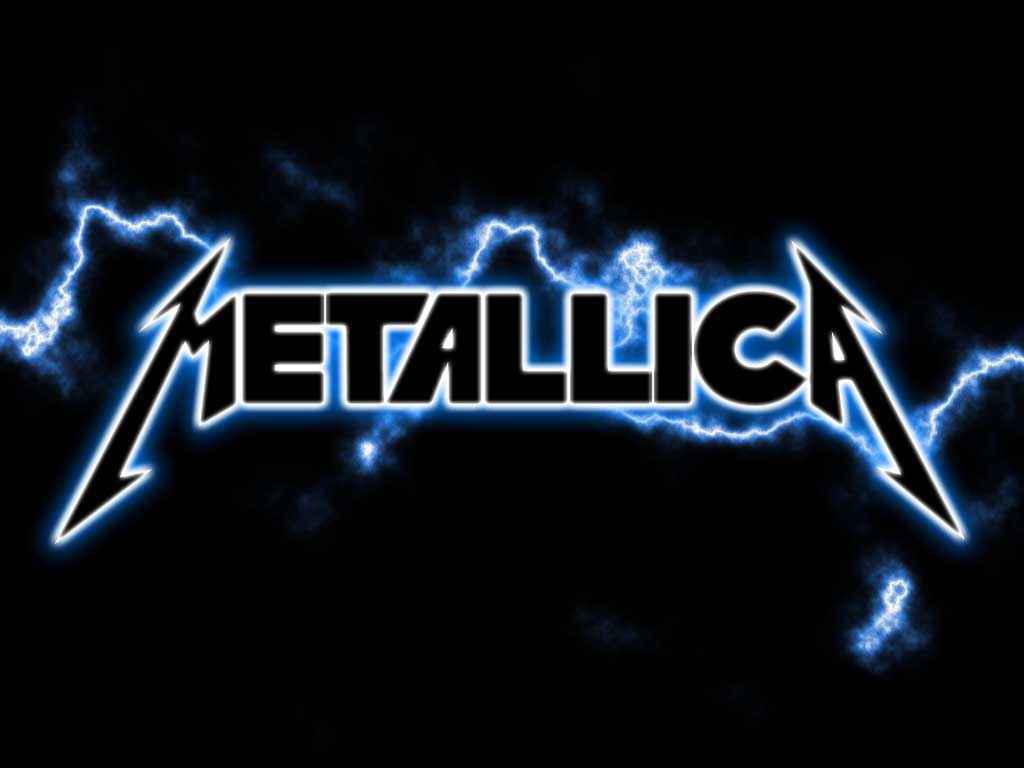ST. LOUIS – It’s almost time for the 2024 solar eclipse! The path of totality will miss much of the Greater St. Louis Metropolitan Area, but for those who can’t travel far from it, you’ll still be in for quite a spectacle.
A solar eclipse happens when the moon passes between the sun and the planet Earth. Totality happens during stages of the eclipse in which the moon’s shadow completely blocks the sun. Weather permitting, those in the path of totality will see the sky darken like a dawn or dusk color for a short period of time.
St. Louis will be just north of totality, but should still expect to see some unique views through a partial eclipse.
Bradley Jolliff, a professor of Earth, Environmental, and Planetary Sciences at Washington University, says 98-99% of the sun’s surface will be blocked by the moon during the maximum point of the eclipse in St. Louis.
“We’re in a really great location in the sense that, even though we won’t see totality, we’ll start to see the moon take a little chunk out of the sun,” said Jolliff. “It will progressively cover the sun until it’s about 99% covered, and then it will begin to uncover.”
The peak is expected just moments before the turn to 2 p.m. Monday.
“You’ll start to see it actually get a little bit darker,” said Jolliff. “So, in that sense, it won’t be totally, totally dark as we would get in totality, but it will be pretty darn good.”
According to eclipse-tracking website TimeAndDate.com, observers will notice partial phases of the eclipse forming in St. Louis as early as 12:42 p.m. The partial eclipse will end in St. Louis around 3:17 p.m.
Since St. Louis is right on the edge of totality, you may notice some elements that resemble what it’s like when the moon completely blocks the sun.
“In totality, you feel the temperature drop maybe 10 degrees. We may feel a little bit of that in St. Louis too,” said Jolliff. Then, the insects that appear only at night will start up. They’ll fire up. Hopefully, where people go, it’s quiet enough to hear these things. Birds. Insects.”
As the partial eclipse rolls through St. Louis, there will be temptation to look up at the sun with the naked eye. Experts say it’s best to resist that if you’re not in totality.
Jolliff offers the following recommendations to view the partial solar eclipse in St. Louis…
Use ISO-certified solar eclipse glasses (ISO 12312-2)
Carefully create a DIY pinhole projector for one eye
Use a telescope or binoculars with proper solar filters or along with ISO-certified eclipse glasses.
“There will be a tendency when it gets to 99% to want to look at the sun without the glasses, but I would caution against doing that,” said Jolliff. “Any prolonged viewing is very, very dangerous.”
He continued on safety, “If you’re staring and there’s not much there and you think you’re safe, that’s not correct. So, when we’re in St. Louis, we really have to be using the approved solar viewing glasses.”
There’s a chance you may want to wake up early Monday morning and travel from St. Louis to somewhere that’s in the path of totality by afternoon, such as Cape Girardeau or southern Illinois. There could be traffic delays along highways and major interstates that prevent you from reaching your intended destination on time.
In this case, experts say you need to be ready to adapt.
“If you don’t already have a plan, but you think you’re going to set out and try to find a place that is in totality, you might be ready to jump out of the car if you get stranded on the highway in a traffic jam,” said Jolliff. “Right at just a few minutes before two o’clock, get your glasses out and actually view from where you are because there will be traffic jams, especially on the smaller side roads. … Be ready if that happens to you. If you get stranded on the side of the road and you know, jump out and look right from where you are.”
If you’re lucky enough to travel from St. Louis and reach your destination on time, you’ll be in for a nice experience.
“If you happen to be in an area of totality and you can view the sun when the moon is completely blocking the light, what you’ll see is the outer parts of the solar atmosphere that typically are not visible to us,” said Jolliff. “So that’s a phenomenon that’s really spectacular, being able to see the diamond ring flash right when the light disappears and then comes back.”
Whether you’re in St. Louis or not, Jolliff says the eclipse should make for some fond memories.
“It’s just a once-in-a-lifetime kind of thing,” said Jolliff. “And we’ve been very fortunate in St. Louis, to have two of these in just the span of about seven years.”
You’ll want to take advantage of this eclipse, from St. Louis or wherever you may be. The next solar eclipse to pass through the United States won’t be until 2045, mostly projected to roll through the south in totality. Projections show it could be as many as 350 years until another one rolls through St. Louis in its primary path.






